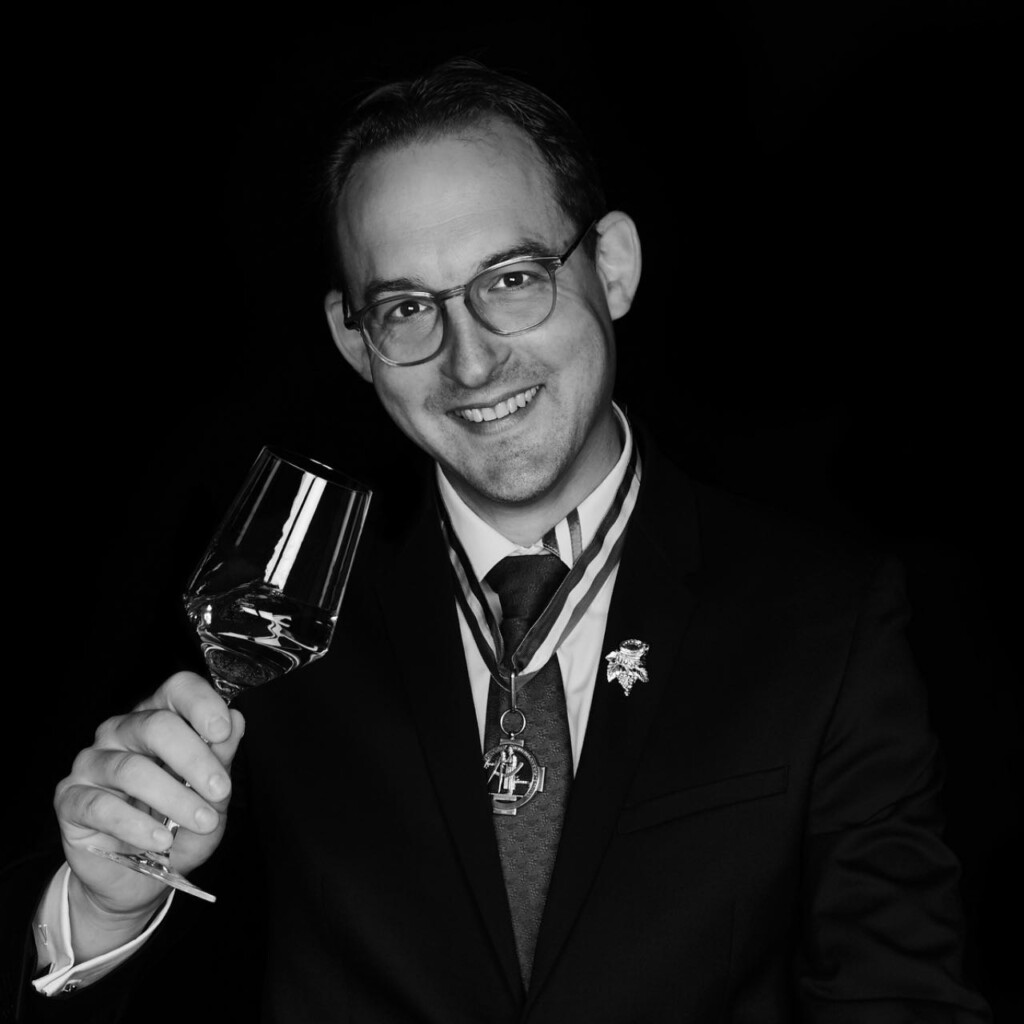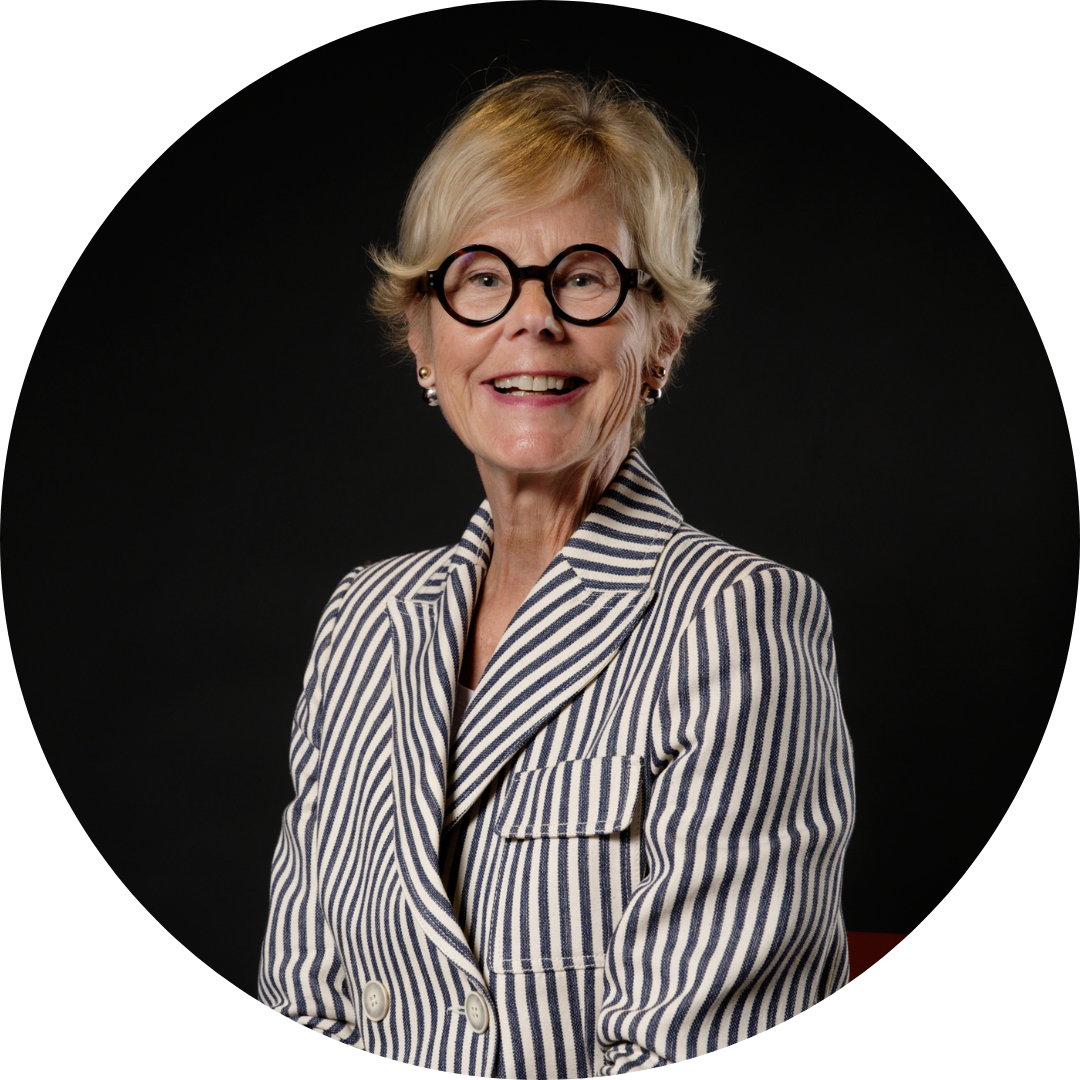Romain Iltis
Wine Director of Lalique Group
Best Sommelier of France 2012
Meilleur Ouvrier of France Sommelier 2015
Romain Iltis began his career at Joseph Storck High School in Guebwiller, then completed his sommelier certification at A. Dumas High School in Illkirch-Graffenstaden. After a successful stint in the kitchens of Alain Ducasse, he hung up his kitchen utensils to become Head Sommelier at Verte Vallée in Munster. In 2012, he joined the team of three-star Michelin chef Jean-Georges Klein at the restaurant l’Arnsbourg. That same year, he was awarded the title of Best Sommelier of France.
Today, Romain Iltis holds the position of Wine Director within the Lalique Group. This group includes four gourmet restaurants: La Villa René Lalique and Château Hochberg in Wingen-sur-Moder, Lalique-Château Lafaurie Peyraguey, and The Glenturret Lalique restaurant in Crieff, Scotland. The owner of the Lalique Group, Sylvio Denz, also owns several estates in Bordeaux, including Château Peby Faugères (Grand Cru Classé de Saint Emilion), Château Faugères (Grand Cru Classé de Saint Emilion), Château Rocheyron (Saint Emilion Grand Cru), Cap de Faugères (Côtes de Castillon), and Château Lafaurie Peyraguey (1er Grand Cru Classé Sauternes).
Gerda: Can you share with us the origin of your passion for wine?
Romain Iltis: At the beginning, it was my passion for taste that took root. I was educated in the finer things by my father, who was a MOF (Meilleur Ouvrier de France) baker. However, it was with wine that my fascination truly soared. The history of wine and the people who produce it deeply captivated me. The multiple facets and the countless possibilities offered by this magnificent product, as well as the message it conveys, hold a real fascination for me. Wine embodies the essence of sharing. On the other hand, few products are as conducive to sparking such endless curiosity. Exploring the various appellations, staying on the lookout for new things, and understanding how climate change affects the characteristics of wines are aspects that are as inexhaustible as they are fascinating.
G: What are the most rewarding and the most challenging aspects of your work on a daily basis?
Romain Iltis: The most rewarding aspect is the ability to evoke an emotion for a client. When we select the perfect bottle together and I see that spark of emotion in their eyes, it’s a successful connection. That’s what I aim for, because emotion creates lasting memories. This philosophy also guides our restaurants, where the goal is to offer our clients unforgettable moments of happiness. It’s incredibly gratifying.
As for the most demanding aspects, they probably lie in the need to constantly stay tuned. Then there’s the demand for excellence, which is a given in our profession. Yes, our field is demanding, but passion must always prevail.
G: How do you select the wines?
Romain Iltis: For me, the most crucial element is that the wine faithfully reflects its terroir. I look for the way a terroir expresses itself most authentically through the grape variety used and the winemaker’s expertise. My approach is not to create a vast wine list to rival the largest cellar in France. Each wine I choose is a unique individual, with its own personality, distinct characteristics, and nuances specific to each vintage. Particularly, the great terroirs reveal a consistent personality year after year. These wines, with a distinctive identity, offer exceptional complexity. It’s in these situations that the choice of vintages becomes a fascinating game, allowing these wines to fully express their unique personality.
G: How do you interact with wine estates to select the wines to include in your list?
Romain Iltis: Wine estates are first and foremost partners with whom we maintain a close collaboration. We take pride in incorporating their wines into our selection, just as they are proud to be featured on our wine list. Over the years, I have sought to establish a climate of lasting trust. This mutual trust promotes an open exchange with the winemakers, allowing us to share our opinions honestly, without ever adopting a lecturing stance, but always with kindness. This approach also encourages winemakers to seek our opinion, thus creating a constructive dialogue.
G: What are the most common expectations that your clients have towards wines and your expertise as a sommelier?
Romain Iltis: Generally, clients often arrive with preconceived expectations about food and wine pairings. My role sometimes involves enlightening them to new perspectives, encouraging them to venture off the beaten path, while ensuring they feel confident in their choices.
Moreover, dining out can be seen as an opportunity for many clients to discover something different from what they already have in their cellar. It’s up to us, the sommeliers, to open new doors. We can suggest wines from vineyards neighboring those they already enjoy, or even propose New World wines to broaden their horizons.
Bordeaux & you
Gerda: What is your opinion on Bordeaux wines?
Romain Iltis: Bordeaux wines embody the iconic viticultural prestige of France. They are the result of a vineyard that has past centuries maintaining a robust identity and remarkable aging potential, thanks to prestigious blends. At a certain point in their history, in order to adapt to an international palate, these wines partly lost some of their distinctive characteristics. However, today, we are witnessing a return to the roots: the unique identities of the different appellations are much more pronounced than a few years ago. Bordeaux is regaining interest as we rediscover strong identities, both at the level of appellations and châteaux.
G: How do you choose Bordeaux wines for your wine list and how do you present them to your clients?
Romain Iltis: We are fortunate to have a prestigious collection of Bordeaux wines from renowned Châteaux. My goal is to continue to enrich this collection while also seeking out lesser-known winemakers who deserve our attention. These winemakers often bring a different perspective, a unique identity, and a strong commitment to quality, making them worthy of interest despite their lesser fame. When presenting to our clients, we showcase not only the wines from the grand Châteaux but also these lesser-known discoveries, highlighting the authenticity and exceptional quality of each of these bottles.
G: What strategies do you use to highlight lesser-known or underrated wines?
Romain Iltis: Often, Bordeaux wines offer an interesting price-quality ratio, making them more accessible to the proposition. It’s true that in its classicism, Bordeaux has sometimes lost the ability to surprise. It is up to us, the sommeliers, to show people that Bordeaux can still offer pleasant surprises by providing excellent value for money in the Bordeaux region. However, it is also the responsibility of Bordeaux itself to communicate this.
G: What should Bordeaux do to have better representation on your wine list?
Romain Iltis: Bordeaux has long been associated with the image of Grands Châteaux that are no longer accessible to many consumers today. I believe that Bordeaux needs to regain what it had managed to do at one point with second wines: offer accessibility that sparks interest in quality wines at more affordable prices, thereby encouraging exploration of Grands Vins. We have lost this because second wines from Grands Châteaux have been highly valued in recent times. Second wines have lost the notion of accessibility, and at the same time, small winemakers in Bordeaux have been left behind.
Tendancies
G: Do you notice any current trends in the world of wine? If so, what are the most popular trends right now?
Romain Iltis: Clearly, people are seeking finesse, and power is not fashion anymore. There is also a trend in culinary choices, with a growing interest in white-focused gastronomy and fewer reds. Many restaurant menus feature a lot of fish. It has become challenging to offer sweet wines. There is work to be done for these wines, and it’s not just limited to Sauternes.
Additionally, in France, due to legal restrictions and declining purchasing power, there is a slowdown in wine consumption. That’s why we are increasingly offering wines by the glass, sometimes even for tables of 6 to 8 people.
G: How do you stay up-to-date with the changing trends in the wine industry, and how does it influence your wine choices?
Romain Iltis: I’m not very active on social media. It’s a separate job, and I don’t have the time for it. Occasionally, I attend training sessions at trade shows or other wine events to stay informed about the latest trends.
Additionally, I encourage exchanges and discussions with my teams. When they have lunch or dinner at other establishments during their days off, they also observe market trends. These experiences are valuable and help enrich our perspective to make informed decisions when selecting wines for our list.
G: What advice would you give to young professionals aspiring to become high-level sommeliers like you?
Romain Iltis: I advise being curious, and above all, you must taste, taste, and taste again. It’s essential to provide the means for your ambitions, whether by meeting professionals in the field or seeking the appropriate training, even if it can be complex given the abundance of options.
Curiosity is essential. It should drive you to taste at trade shows or at wineries. That’s where you learn and understand the nuances of wine the best, and where you retain the most valuable information.
G: How do you stay in shape?
Romain Iltis: I have the need from time to time to reconnect with nature. It helps me a lot. Taking time to go to the mountains or into the forest is essential. I disconnect in the presence of my dog. It allows me to maintain that connection with what nature offers us through wine.
G: What is the best way to taste?
Romain Iltis: First and foremost, it’s essential to use appropriate glasses. Then, you should give the wine time to express itself. Tasting a wine is appreciating the result of at least three years of a winemaker’s work. It’s important to do it with respect, taking the time to understand every aspect of the wine. Patience during the tasting is crucial.
G: What is your favorite grape variety?
Romain Iltis: If I say anything other than Riesling, no one would believe me. It’s the grape variety that manages to thrive on all types of soil. It excels at expressing all the nuances of the soil types, without requiring the use of wood, and it ages remarkably well. It’s one of the few grape varieties in the world that produces both great dry whites and great sweet wines.
Gerda: Our great Semillons in Bordeaux can also produce long-lasting dry whites and sweet wines!
Romain Iltis: I completely agree with you. However, I wonder why all the great oenological advisors want to plant Sauvignon everywhere in Bordeaux? Certainly, Sauvignon brings tension, but Sémillon is the grape of the future.
G: What is your favorite wine?
Romain Iltis: It’s a complicated question. I want to say it’s the next wine that will bring tears to my eyes. Once you’ve experienced that emotion, you search for it every time.
G: What, in your opinion, is the best food and wine pairing from Bordeaux?
Romain Iltis: At Lalique restaurant – Château Lafaurie Peyraguey, we enjoyed a Bazas beef tartare with a runny egg in the center and a parmesan mousse, all accompanied by a Lafaurie Peyraguey 1997. It was a magnificent experience. That moment allowed us to discover the incredible potential of sweet wines. It inspired us to explore savory pairings with Sauternes wines. It’s regrettable that they are too often associated with desserts!
We are aware that times are challenging for Bordeaux, but this vineyard has all the assets to come back into the spotlight.
Gerda BEZIADE has an incredible passion for wine, and possesses a perfect knowledge of Bordeaux acquired within prestigious wine merchants for 25 years. Gerda joins Roland Coiffe & Associés in order to bring you, through “Inside La PLACE” more information about the estate we sell.


